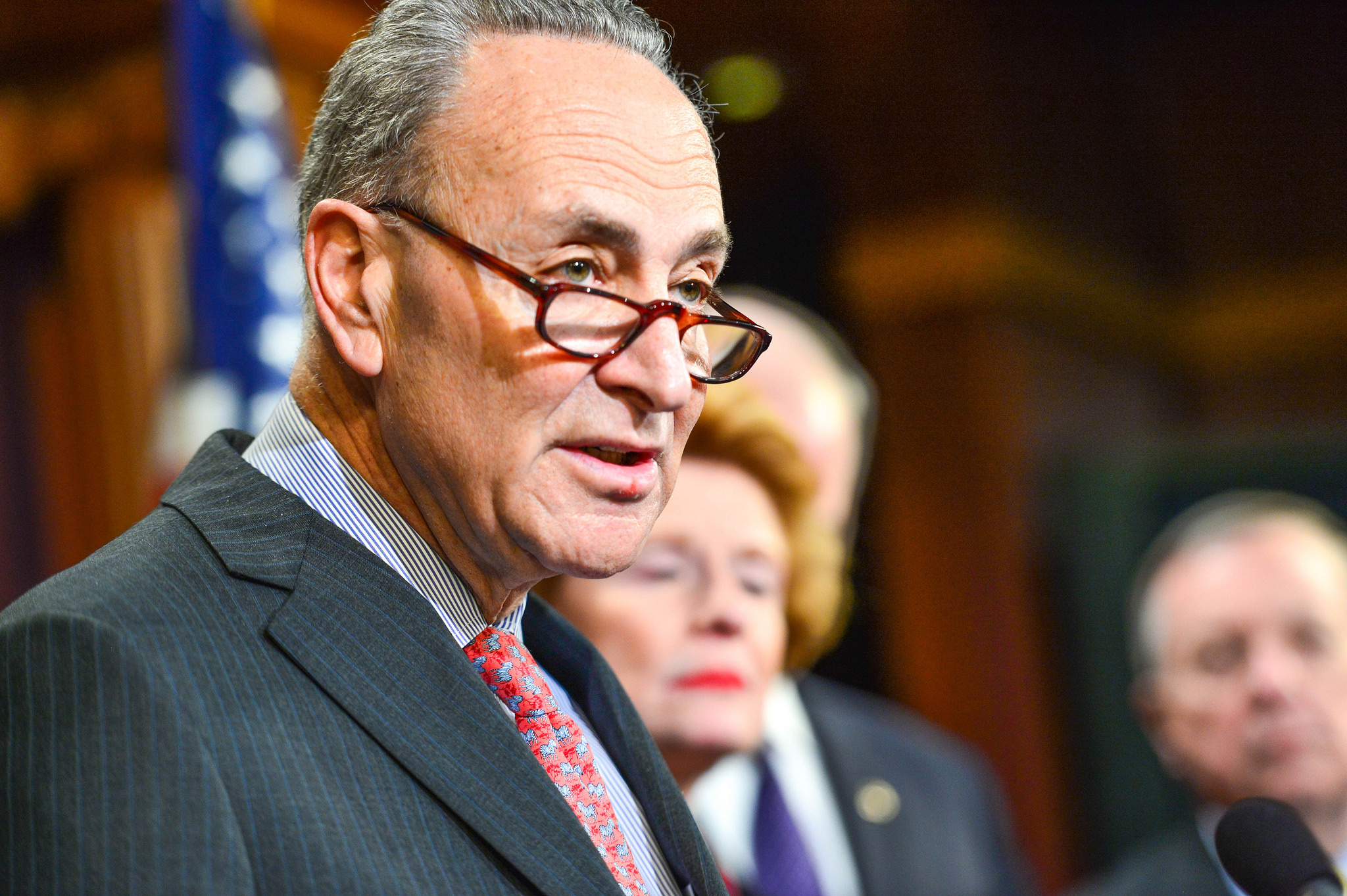The news about unemployment during the coronavirus crisis continues to be staggering. Over the last week, an additional 6.6 million people filed for unemployment insurance, bringing the total for just the last two weeks to over 10 million. That has already exceeded the 8.7 million that lost their jobs during the Great Recession.
But for those looking for a silver lining amidst all of the bad news, those numbers reflect the fact that Americans are heeding the message about social distancing.
Americans have rapidly adopted social distancing practices, @GallupNews poll finds. pic.twitter.com/x1vIYK2ksa
— Scott Clement (@sfcpoll) March 31, 2020
From what we’re seeing in Washington and California, it’s working to flatten the curve.
Mandatory social distancing works. The earlier the better, preliminary data from two weeks of stay-at-home orders in California and Washington show.
Those states were the first to report community cases of covid-19 and also the first in the nation to mandate residents stay at home to keep physically apart. Analyses from academics and federal and local officials indicate those moves bought those communities precious time—and also may have “flattened the curve” of infections for the long haul.
With all of that, the question remains about how American workers can survive the overwhelming loss of jobs while everyone stays home. That is where Minority Leader Chuck Schumer’s plan for “unemployment insurance (UI) on steroids” comes in. As most of us have already heard, the cornerstone of that plan is to increase weekly benefits by $600. But the part that hasn’t gotten as much notice is that workers don’t have to be laid off in order to claim the benefit.
Many businesses are choosing to furlough their employees during this crisis, which amounts to an unpaid leave of absence. Not only do furloughed workers retain their employee benefits, but Schumer’s UI on steroids also extends payments to them. He discussed that during his remarks on the Senate floor as the stimulus bill was being finalized.
We’re fighting to ensure no one goes into financial ruin because of coronavirus. Service and industry workers, gig workers, freelancers, and more.
We’re fighting to make sure there are no bailouts without strict conditions that put people and workers first. pic.twitter.com/NQhlFRi47b
— Chuck Schumer (@SenSchumer) March 24, 2020
As Schumer explains, businesses that furlough their employees can quickly mobilize once the coronavirus crisis is over. That will be a plus for both employees and their employers.
As William Winecoff explained, all of that is in addition to the provision in the stimulus bill to shore up small businesses.
It’s a loan program. But loans are fully forgiven if 75% or more of them go towards payrolls. Including benefits. And (rapid) rehires. So it should function like a grant program. The reason why it is structured as a loan program is because it can be administered through FDIC banks, credit unions, etc.
If this works well, you can walk into your local bank and get cash fast. Maybe on the spot? But the banks can’t profit; no fees allowed. Also no collateral, no personal guarantees required….Payroll support is for 8 weeks, which buys us a good amount of time. Also creates infrastructure if it needs to be expanded further.
Kevin Drum tallied up the trillion dollars in the stimulus bill that goes directly to supporting American workers.
A $1,200 check for just about everyone with a middle-class income or less. That’s almost $3,000 for a family of three.
A program that encourages small businesses to keep workers employed by funding their payroll costs.
For those workers who are laid off anyway, an expanded unemployment insurance program that replaces 100 percent or more of your normal income up to $50-60,000 (depending on what state you live in).
That is in addition to the money that was allocated to hospitals to treat coronavirus cases, along with funds to shore up state and local governments who are experiencing significant losses of tax revenue.
Those are the things Democrats fought to have included in the stimulus bill, along with transparency and oversight of the bailout funds for corporations. As they promised while negotiating this package, Democrats are already paving the way for “phase 4.”
“Our first bills were about addressing the emergency. The third bill was about mitigation. The fourth bill would be about recovery. Emergency, mitigation, recovery,” Pelosi said on a conference call. “I think our country is united in not only wanting to address our immediate needs—emergency, mitigation, and the assault on our lives and livelihoods—but also, how we recover in a very positive way.”
That’s what leadership looks like in a time of crisis.



